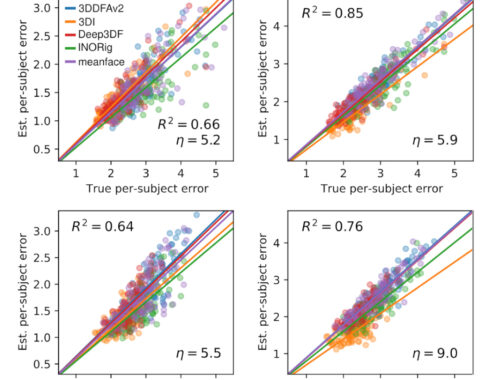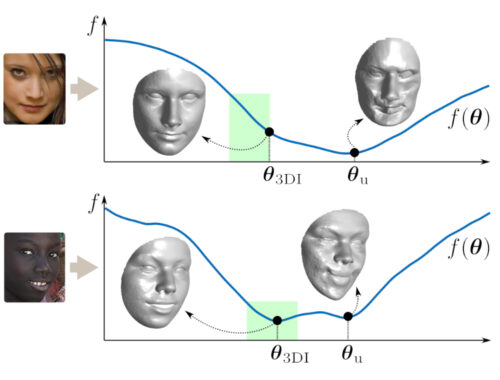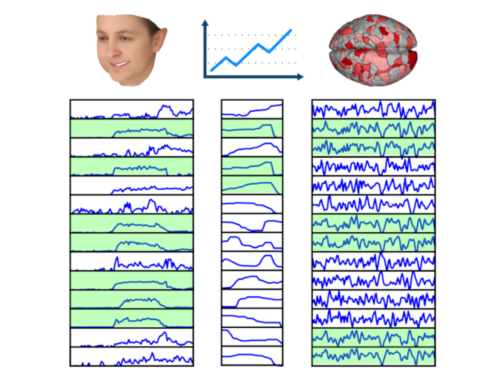State of the art in 3D face reconstruction may be wrong
Our IJCB’23 study exposed a significant problem with the benchmark procedures of 3D face reconstruction — something that should make any researcher in the field worry. That is, we showed that the standard metric for evaluating 3D face reconstruction methods, namely geometric error via Chamfer (i.e., nearest-neighbor) correspondence, is highly problematic. Results showed that the Chamfer error does not only significantly underestimate the true error, but it does so inconsistently across reconstruction methods, thus the ranking between methods can be artificially…
3DI: Face Reconstruction via Inequality Constraints
We present the CUDA code of our optimization-based 3DMM fitting method (i.e., no learning), which was first presented in ECCV’20. The journal version of the paper (currently under revision) presented a significant speed up with a new optimization approach, making the method feasible for real-life applications. 3DI is an optimization-based 3DMM fitting (3D reconstruction) method that enforces inequality constraints on 3DMM parameters and landmarks, thus significantly restricts the search space and rules out implausible solutions (Figure 1). 3DI is not a…
SyncRef: Fast & Scalable Way to Find Synchronized Time Series
In CVPR’20 presented a new method (with code) for finding the largest subset of synchronized time series from a given set of time series. Specifically, we aim to find the largest subset of time series such that all pairs of in the subset are correlated at least by a (given) threshold value $\rho$. This is an NP-hard problem and the exact solution is, in general, unfeasible. We propose a new method, called SyncRef, for finding an approximate solution in an efficient…
Is Pose & Expression Separable with WP Camera?
This study on facial analysis pipelines shows the limitations of using a Weak Perspective (WP) camera when it comes to decoupling pose and expression from face videos. That is, when decoupling of facial pose and expression within images requires a camera model for 3D-to-2D mapping when done through 3D reconstruction. The weak perspective (WP) camera has been the most popular choice; it is the default, if not the only option, in state-of-the-art facial analysis methods and software. WP camera is justified…



